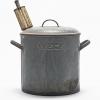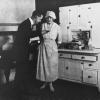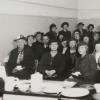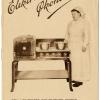Creating 'domestic science'
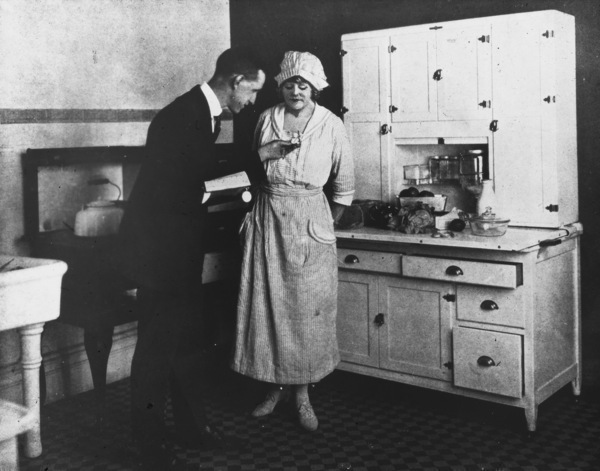
Promotional material from the Norwegian Electricity Works Society (Norske Elektrisitetsverkers forening), 1925-1935
The introduction of "scientific principles" to the home was a key element in many home economics schools. Figures like Lillian Gilbreth and Christine Frederick had pioneered this principle in the United States. Gilbreth had collaborated with the famous industrialist Frederick W. Taylor to apply his rationalizing principles to household chores.
Space maps and stopwatches were employed to ensure maximum efficiency was applied to all tasks. In a rural school in France, for example, girls were asked to map out tasks like taking out the washing and time themselves. Repositioning the machinery made it possible to shave precious minutes and seconds off of the tasks. Just as Taylorism came to industries throughout Europe in the early twentieth century, especially in the 1920s, so were such principles introduced in households.
Paulette Bernège played a similar role in France before and during the Second World War. Under the Vichy regime in particular, she argued that more rationally organized rural households would help return the French nation to its natural "organic" roots. The advertising industry, which was also booming at the same time, also picked up on the new ideas, and sold many of its new scientific products as producing more time.
Slowly but surely, the clock - and even the stopwatch - rather than the finished products, became the new measure of women's domestic skills.
 Previous Story
Next Story
Previous Story
Next Story
How to cite this page
Alexander Badenoch, 'Creating 'domestic science'', Inventing Europe, http://www.inventingeurope.eu/daily-lives/creating-domestic-science
Sources
- Papanelopoulou, Faidra. "Between Production and Consumption? The International Federartion of Home Economics, C. 1908-1960." ISES Seminar paper, Eindhoven University of Technology, 2011.





